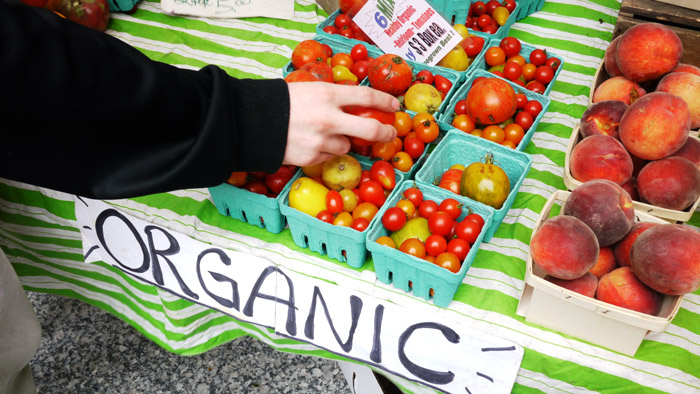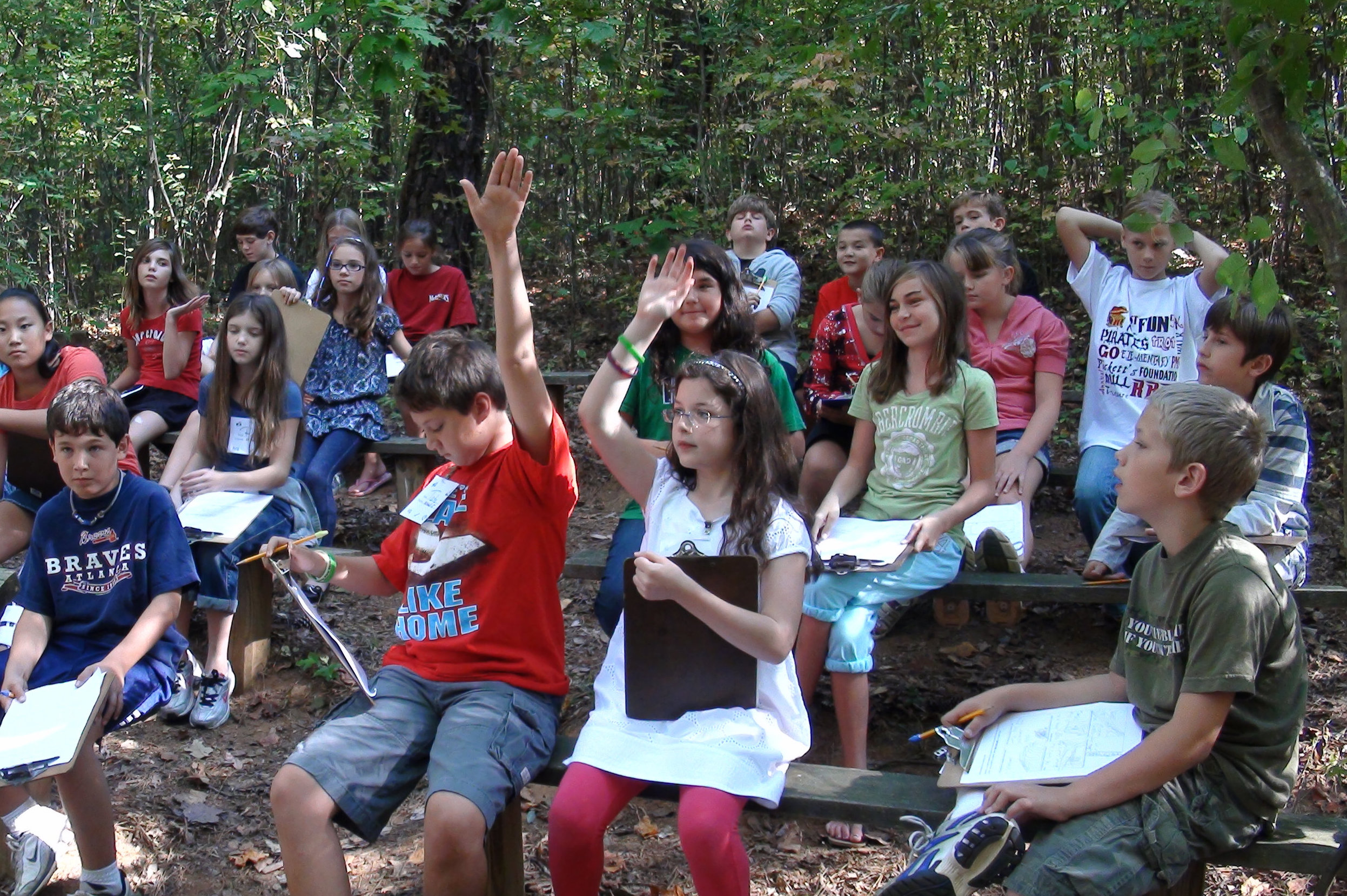Food for Thought
Published on September 29, 2016, at 7:18 p.m.
By Ashley Stults
@ashlynnstults
In recent years the debate between nonorganic and organic food has intensified. The organic side argues its products are better, cleaner and healthier for both the environment and humans. On the other side, the nonorganic food industry insists its food is healthy, safe and sustainable.
While both sides have strong arguments, it could be argued that one side tends to be weaker in its delivery. Whether one agrees with the message or not, the organic food industry has marketed its products immensely well. The labels often read “GMO-free,” “Pesticide-free” and “Organically grown,” leading consumers to believe any product without these labels are harmful.

“The general public is very uneducated about nonorganic food and because of this, they’re scared of their food,” said New Holland Aftersales Business Manager Shelia Daniel.
Most Americans know very little about the food production process, and this lack of knowledge in turn creates a fear among consumers. Because many people are uninformed about where their food comes from, they tend to choose products that sound safe.
“The organic industry uses the ignorance of people to sell their side. The organic food industry often uses harsh words, such as GMO, to scare people,” said Daniel.
Genetically modified food is a hot topic among the farming industry. Modifying food sounds scary to consumers, and many are unaware of what those three words actually mean. This ignorance affects the nonorganic food industry because people are often afraid to buy foods that have been modified. The organic industry has had several successful campaigns that shape public perception, such as the Boycott Factory Farm campaign, which encouraged people to not eat red meat because the animals are often raised in cages.
While the organic food industry uses PR successfully to convey its message, the nonorganic food industry could benefit from more PR to successfully improve its image and inform consumers. It is important for consumers to be educated on food matters because they drive the market. The nonorganic food industry is often criticized by the media and the organic food industry.
So what does the nonorganic industry do to combat these claims? How can the industry improve its image in order to appeal to and educate consumers? According to Den Gardner, president of Gardner & Gardner Communications, “Organizations like the U.S Farmers and Ranchers Alliance work every day to communicate to the public on how products used on crops and lifestock are vigorously tested and approved for use by government agencies. Consumers should feel safe eating their food.”
Increasing PR efforts from the nonorganic industry would allow consumers to be more educated and therefore potentially change buying habits. So how can the nonorganic industry improve its PR?
Social media has the power to reach millions of people and influence public perception. Informational videos along with hashtags would greatly benefit the industry. Posting content that is shareable allows individuals to inform themselves and then share the information.

“It’s very difficult to educate people. The science involved has to be explained very well to people,” said Will Hudson, location manager for Crop Production Services.
Videos created by the nonorganic industry could enlighten consumers on how food is grown and educate people on how safe their food actually is. In addition to videos, farming groups need to share more information to help educate the public. With most consumers far removed from farms and farming practices, many people don’t know where their food comes from and because of this, they are easily influenced by whatever they hear or read in the media. Educating people at a young age would greatly benefit the nonorganic industry.
“Schools need to educate children … explain farming terms to children so they’re less scared of them,” said Daniel.
By targeting children, the nonorganic industry could educate people at a young age. School campaigns could be effective. For example, having a group of farmers speak to children once a year could improve the industry’s image and educate many people at once. This is a tactic that is being undertaken by many agricultural state organizations across the country. But more is needed.

Large and national PR campaigns, like those undertaken by the previously mentioned U.S. Farmers and Ranchers Alliance, also benefit the nonorganic industry. A successful campaign has the ability to change public perception, or at the least, make people think and do their own research. Informative posters, articles and social media would allow the nonorganic industry to build a positive image and educate consumers in easy-to-understand terms. A constant flow of positive and informative communications is important in staying relevant while also having a positive impact on the image of the traditional farming practices in place in most of farming today.
Public perception is very important, and the nonorganic food industry could greatly benefit from more public relations. By educating consumers, the industry could gain support as well as improve its image. Public relations has the power to sway opinion and using these strategies could mean an increase in revenue as well as solidify its credibility as being a safe, reliable food industry.




